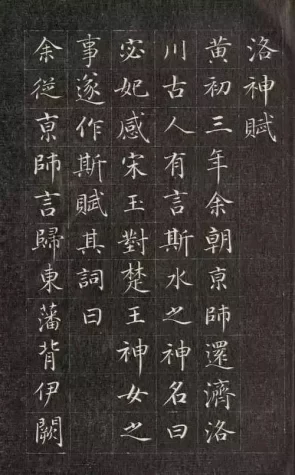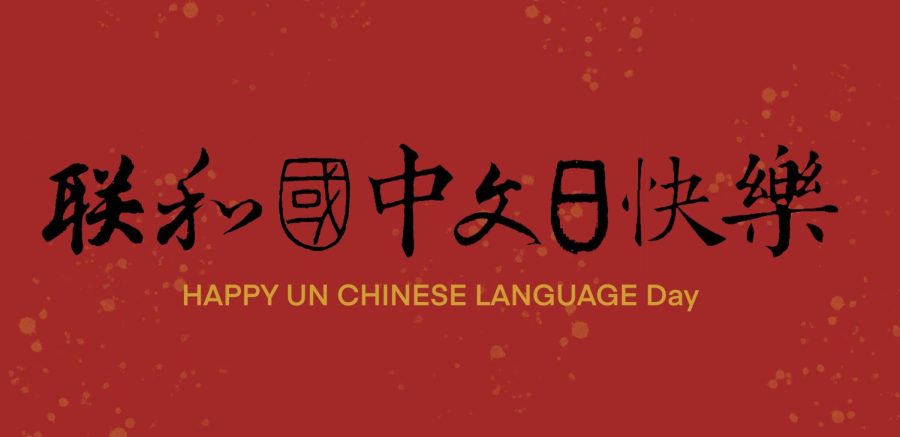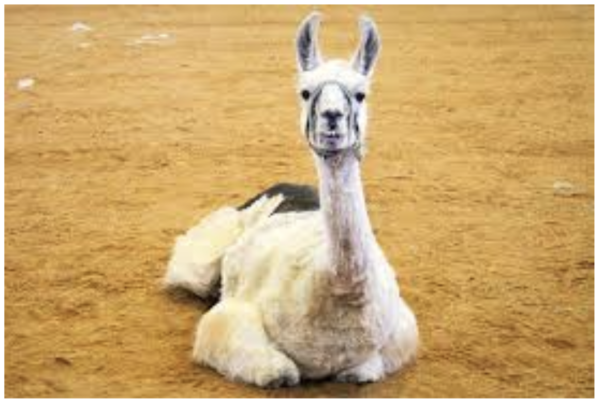The Chinese Language and Calligraphy
April 20th is the UN Chinese Language Day. In celebration of the event, this article will give a brief overview of the Chinese language, calligraphy, and its history.
Chinese is a language from the Sinitic branch of the Sino-Tibetan languages, spoken by the ethnic Han majority and other minority ethnic groups in China. About 1.3 billion people and approximately 16% of the world’s population speak Chinese as their first language. There are different Chinese dialects including Mandarin (800 million speakers), Min (75 million speakers), Shanghainese (74 million speakers), and Yue or Cantonese (68 million speakers). The pronunciation of each dialect differs so drastically that they are unintelligible to each other; however, most Chinese people understand Mandarin since it’s the official language of China. Standard Chinese or Mandarin, based on the Beijing dialect, was adopted in the 1930s and is now an official language of both the People’s Republic of China and Taiwan, one of the four official languages of Singapore, and one of the six official languages of the US (since 1946).
The earliest Chinese written language called Oracle Bone Script or “Jiaguwen” originated in 1250 BCE from the Shang Dynasty. Those Chinese characters were engraved on turtle back and animal bones and were used to record people’s lives. Nowadays, Chinese people use simplified Chinese or traditional Chinese to write. Traditional Chinese characters have been established for about 3,000 years; however, the first Chinese simplified character collection was published in August 1935, although it was rejected by the education sector of the government because he disagreed with how the characters had been simplified. In 1956, the Chinese government refined the collection and promoted simplified Chinese for more convenient writing and reading. The transformation went smoothly. Nevertheless, due to the value and history of traditional Chinese characters, they are still used in family names, calligraphy, decorations and cultural relics. The reading and writing of traditional Chinese characters is mostly taught in Taiwan and Hong Kong, while simplified Chinese characters are in use in the majority of China’s districts.

Calligraphy often reveals the most important parts of the history and culture of a language. Chinese calligraphy is “the writing of Chinese characters as an art form, combining purely visual art and interpretation of the literary meaning”. It has been widely practiced in China, including in most public Junior schools, and has been generally held in high esteem across East Asia. Chinese calligraphy and ink wash painting are closely related; they are accomplished using similar tools and techniques and have a long history of shared artistry. According to Stanley-Baker, “Calligraphy is sheer life experienced through energy in motion that is registered as traces on silk or paper, with time and rhythm in shifting space its main ingredients.” Ink, brush, Shuan paper, and felt are the basic materials for calligraphy. The most used type of script is “Regular script” while there are also many other forms such as “Clerical script”, “Seal script”, and “Cursive script”.
The UN Language Days were established by the UN Department of Public Information in 2010, to “celebrate multilingualism and cultural diversity as well as to promote equal use of all six of its official working languages throughout the organization.” April 20th is also the day to pay tribute to Cangjie, a mythical figure who is presumed to have invented Chinese characters about 5,000 years ago.
The Chinese language has a 5000-year-long history, which is definitely worth celebrating. To explore more about the Chinese language, you can watch a Chinese movie or listen to some Chinese music.
联合国中文日快乐!










